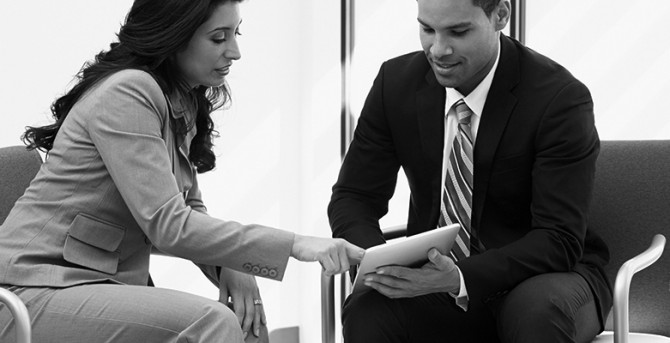Hispanics
The term Hispanic American refers to someone of Hispanic ancestry who currently resides in or is a citizen of the United States. Latinos are generally considered Hispanic Americans as well. Thus, Hispanics in the United States may be from countries including Mexico, Puerto Rico, El Salvador, and Cuba, among others. Languages spoken among Hispanic Americans include Spanish, although some Latinos, such as those from Brazil, speak Portuguese. Ethnically speaking, Hispanics and Latinos are a diverse group, although most are either mestizo or white. Mestizo refers to persons who have native and white ancestry.
Legal Issues
Like other minority groups who have sought equality in the United States, Hispanics found that the easiest and most effective way to fight for their own rights was to organize. Several groups dedicated to Hispanic rights have formed over the past decades, including The Mexican-American Legal Defense and Education Fund, the League of United Latin American Citizens, La Raza Unida, and the United Farm Workers Union. Together, these organizations have worked to campaign for equal access to education among Hispanic Americans and higher voter registration and turnout. In 1975, the Voting Rights Act helped to improve access to electoral materials for minority groups, including Hispanic Americans. Information was made available in Spanish so that minority voters could better educate themselves on whom to vote for. An important issue among Hispanic Americans today is immigration reform, as Mexicans make up the highest percentage of individuals residing illegally in the U.S. However, many have resided in the country for more than ten years and now have children who are U.S. citizens. The threat of deportation means that these individuals live with the risk of becoming separated from their immediate family.

Affected Groups
Hispanics are currently the fastest growing minority group in the United States. In 2012, they constituted 17% of the population, approximately 53 million people. Of those individuals, 38 million are also Hispanophones, meaning they speak Spanish, although they may also speak English. As a result, the United States has one of the largest Hispanophone populations in the world, surpassing countries including Spain, Colombia, and Argentina in the past ten years. Overall, Latinos have become the second largest ethnic group in the country, outnumbered only by non-Hispanic whites, including those of European descent.
Challenges
Today’s challenges for the Hispanic and Latino populations living in the U.S. include discrimination, bias, and mistreatment by the legal system. In many cases, it has also been reported that the U.S. legal system does not adequately address the needs of Hispanic Americans in terms of housing, education, employment, healthcare, criminal justice, access to legal resources and representation in the media. Like other minority or disadvantaged groups, such as women or African Americans, Hispanic Americans are not likely to receive the same pay as a white person who does the same job. The Paycheck Fairness Act is an initiative that promotes equal pay for equal work. Currently, Latino women earn 55 cents for every dollar that men earn. In addition, more action is required to allow Hispanics and Latinos access to better jobs. The “glass ceiling” is a term that refers to the lack of minorities in leadership and management positions.
